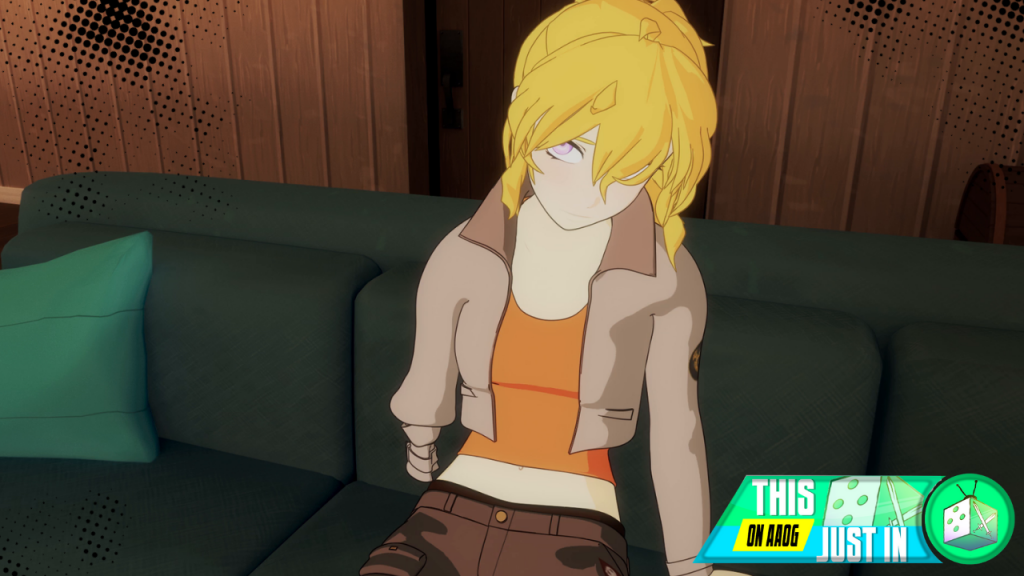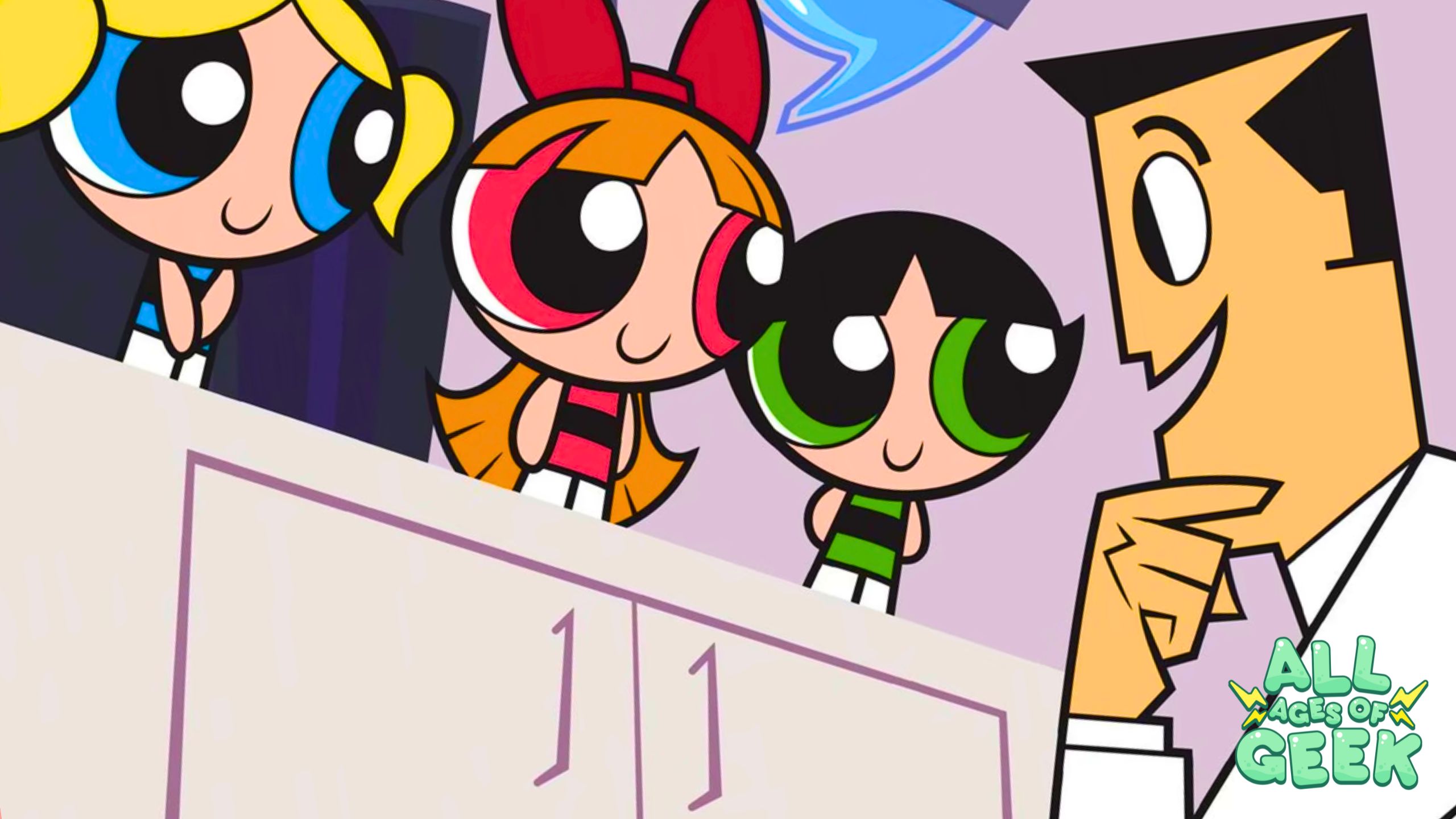Disclaimer: These articles contain in-depth discussion on the topics of mental health/illness and topics such as abuse.
The writer is also not a trained nor certified therapist. However, they have been writing for twenty years with a heavy focus on correct, realistic portrayals of mental health. They have studied PTSD and C-PTSD in depth and speak from personal experience. Of course, they only speak from one point of view as PTSD symptoms and experiences are unique to each and every person. This is done from a clinical viewpoint, using sourced academic literature.
More technical jargon (namely the actual list of symptoms) will be given in more everyday language when and where possible.
—
Let me just throw the criteria up and then talk about what all of it means first.
D. Negative changes in perceptions and mood associated with the traumatic event(s), beginning or worsening after the trauma occurred (two or more needed):
1. Inability to remember important aspect(s) of the event(s), typically associated with dissociative amnesia and not related to drugs, alcohol, or head injury
2. Persistent and exaggerated negative beliefs or expectations about oneself, others, or the world (e.g., “I am bad,” “No one can be trusted,” ‘The world is completely dangerous,” “My whole nervous system is permanently ruined”).
3. Persistent and distorted thoughts about the cause or consequences of the traumatic event(s) that lead to the individual to blame themselves or others
4. Persistent negative emotional state (eg, fear, horror, anger, guilt, shame)
5. Noticeable decreased interest or participation in significant activities (ie, socialising, hobbies, etc)
6. Feelings of detachment or estrangement from others
7. Consistently unable to experience positive emotions (ie, happiness, satisfaction, or love)
So now we’re starting on the changes PTSD makes to one’s perception of reality and mood and we’re moving into the more subtle stuff. This is where many portrayals of PTSD fall apart due to failing to understand these.
As I stated in the primer article, PTSD twists your perception of reality and isn’t just “LOUD NOISE = FLASHBACK.” It’s this set of criteria as well as the next one that really showcase it.
However, I will admit that this is where things will also get…tricky to try to point to. These are all internal changes in thought process and perceptions. In a visual series like RWBY, it makes it difficult to see these internal changes.
I feel like the three I can point to for pretty sure are D4/D7 and D6.
So persistent negative emotional state is…very straightforward and we see it pretty well in V4 C3 “Of Runaways and Stowaways.”
The entire beginning of her introduction is literally nothing but a negative mood.
[Image description: Yang watching TV in the center of the frame on the couch. This is the first time we see her after the 6-8 month time skip in V4]
She’s completely impassive while watching the news.
[Image description: Close up on Yang’s face while she’s sitting on the couch but she has her head tilted over the back to look at Taiyang upside down.]
The greeting she gives Taiyang is extremely listless and not at all what you’d expect from her. She just tilts her head back and says “Hi Dad” in a relative monotone.
The fact of the matter is that’s also implied to have been her mood basically since she did start to feel “better.”
The end of V3 had Team RNJR leaving during the winter.
[Image description: End of Volume 3. Ruby is off to the extreme left of the frame to look over her shoulder, taking up about a fourth of the screen in the foreground. From left to right: Ren, Jaune, Nora wait for her in the background in a snowy forest scene]
When Yang goes outside to get the mail, it’s obviously well into spring, if not into summer.
[Image description: Yang at the beginning of V4 getting the mail. She checks the mailbox with her left hand while tucking the letters under the remains of her right arm.]
I’m gonna combine D7 with this because they’re pretty related with one major example.
In V4 C4, “Family,” Yang admits to her arm missing as being normal now, but there can also be deeper implications.
This is how people with mental illness often talk. Once they’ve been in a low enough state, they’ll often just accept the fact there’s no such thing as ‘getting better.’ They’re willing to just accept the fact that their new circumstances are how things will always be from then on. A lot of people aren’t willing to fight or make efforts to get better.
Don’t think I’m talking down to people with mental illness. As I’ve said before, I have PTSD and C-PTSD. I also have severe anxiety and depression which is a pretty ugly cocktail. It’s not the fault of the people who have mental illness as it’s simply their brain’s reaction to the environment.
What I’m getting at is that people just see it as safer to stay where they are. They’ve come to know the darkness of their mind and they’re afraid to leave.
Yang herself admits to it just a few seconds before.
She’s gotten used to the feeling of just being flat and not doing much in life now. Her world has become a lot smaller, relegated mainly to the house on Patch. It’s no longer the entire city of Vale, let alone her ambitions of becoming a Huntress. When things have become routine and predictable without much upheaval, it just feels better.
That’s honestly what the entire dream sequence earlier in the episode was about.
It honestly wasn’t so much about Adam and being unable to defend herself; it was more about her fear of what will happen if she tries again. By putting on the arm, she’s saying she’s willing to take the first step toward leaving what has become safe for her.
This is what these two criteria are getting at especially when combined.
As this scene shows on its own, Yang is capable of experiencing positive emotions. She’s laughing and teasing with her dad. She’s able to joke around, laugh, and have fun.
[Image description: Taiyang sats on the far left, Yang stands to his right with both leaning against the counter., Oobleck sits near her at the table and Port sits across the table from him. Taiyang and Yang are laughing.]
People with mental illnesses such as depression, anxiety, and PTSD can have good days and bad days. They can still have fun and act like neurotypical people. Just because they don’t “look” like they’re suffering from their conditions doesn’t mean they don’t still have them. And they can go into periods of remission before it comes crashing down over them again.
You can still experience good feelings, but it’s difficult to do so and especially sustain them.
Well, join me next time when we tackle D6 and (probably) move onto Set E.
Sources:
Ciccarelli, S. K., & Noland, J. (2014). Psychology : DSM 5. Pearson.










